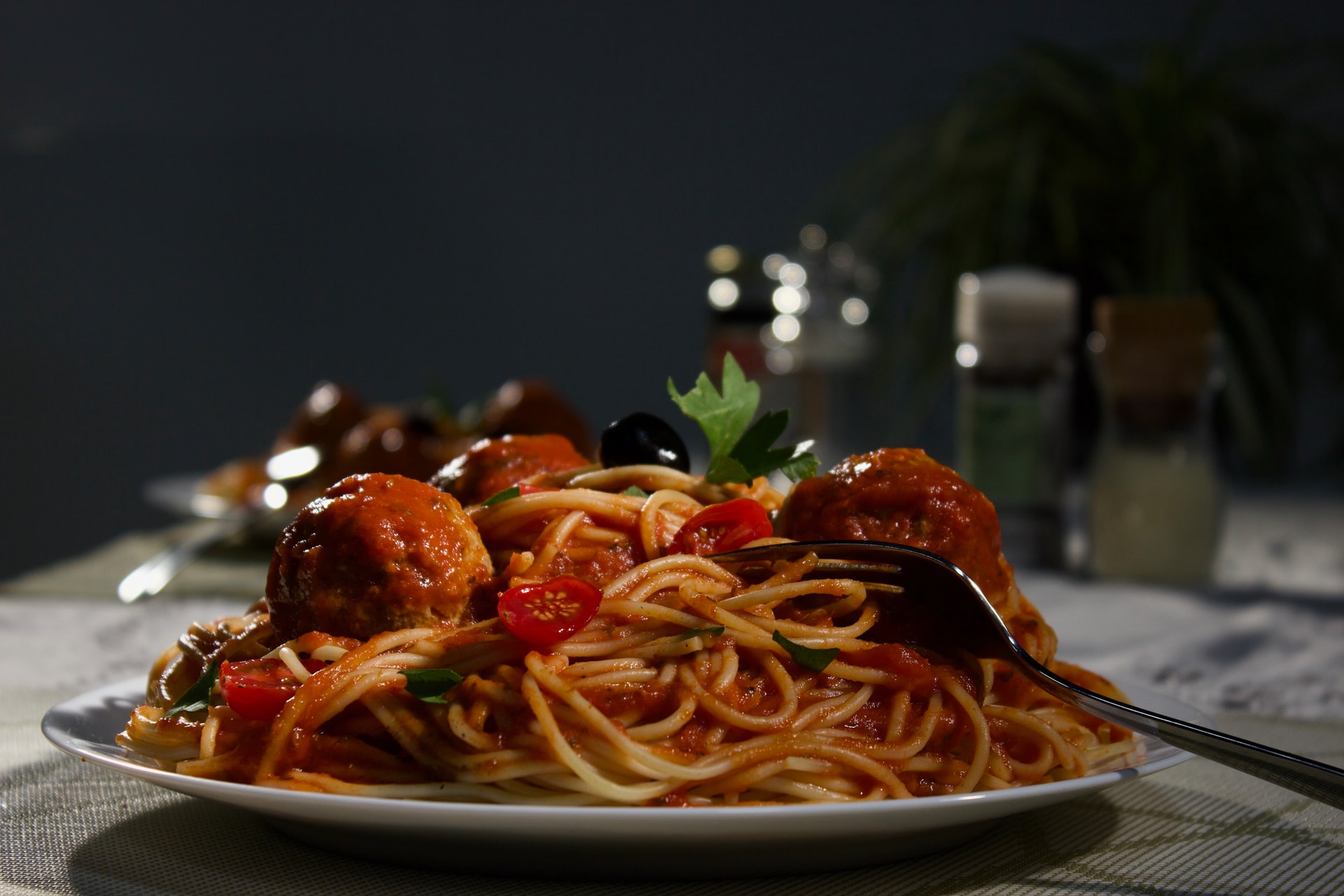 The pandemic has hit Italy’s restaurants hard — customer numbers are down by 50-80% for most places, and many are up for sale, the BBC reports. However, a number of restaurants have successfully adapted to the new normal. Mobile ordering, one hour dining, and menu reinventions are key ways some of Italy’s favorite eateries are continuing to thrive.
The pandemic has hit Italy’s restaurants hard — customer numbers are down by 50-80% for most places, and many are up for sale, the BBC reports. However, a number of restaurants have successfully adapted to the new normal. Mobile ordering, one hour dining, and menu reinventions are key ways some of Italy’s favorite eateries are continuing to thrive.
Mobile ordering
Italian restaurants are increasingly incorporating mobile ordering, which allows customers to order using their phones. This typically uses a payment gateway like Apple Pay or Google so customers can enter their personal details and quickly checkout. Not only does mobile ordering lessen the need for direct contact between customers and staff, but customers can also enjoy a smoother and more relaxed ordering process. Customers now have the freedom to place an order any time from any location, as well as make changes and add sides with no pressure (this, in turn, also increases customer spending).
One hour dining
Vagh in ufezzi is a simple restaurant in Bologna that now charges diners by the hour instead of per dish ordered. “We needed to find a new formula, otherwise we wouldn’t have managed to stay open beyond Christmas,” said co-owner Antonella De Sanctis. A table for one hour costs €18, and €26 for two hours (excluding alcohol and coffee). “One hour is for hungry people in a hurry, two hours becomes a normal dinner,” explains cook and co-owner Mirco Carati.
The less time customers spend in the restaurant, the less they pay, which allows Vagh in ufezzi to serve and satisfy a high volume of customers. “We didn’t want to double our prices because it wouldn’t have been fair on our clients: to suddenly find the same dish at twice the price because we’d halved the number of covers. So we found an idea that would allow our business to remain open.” Post-war stories of impoverished customers ordering “10 minutes of pasta and beans” inspired the couple’s new strategy.
Catering to locals
Camillo is a family restaurant in Rome owned by brothers Filippo and Tommaso De Sanctis. The menu has remained the same for decades, but the brothers have now decided to reinvent it to cater to local diners. “Traditionally, the main target of commercial activities on this square has been mass tourism, and so far, it worked well for pretty much everyone here, including us,” says Filippo. “We saw the chance to develop a more sustainable model, replacing mass tourism with quality tourism.”
Now Camillo serves new dishes, combining quality ingredients, affordability and modernity. Miso, Alpine butter, and lime zest puts a new twist on pasta alfredo, while carbonara now comes as a fried crunchy cube bursting with flavour. Korean fried chicken with a mouthwatering gochujang sauce is also on the menu.
Italy’s restaurants have had to make huge changes to stay afloat in the new normal. Mobile ordering, one hour dining, and new menus are allowing a number of eateries to serve the local communities and thrive.

